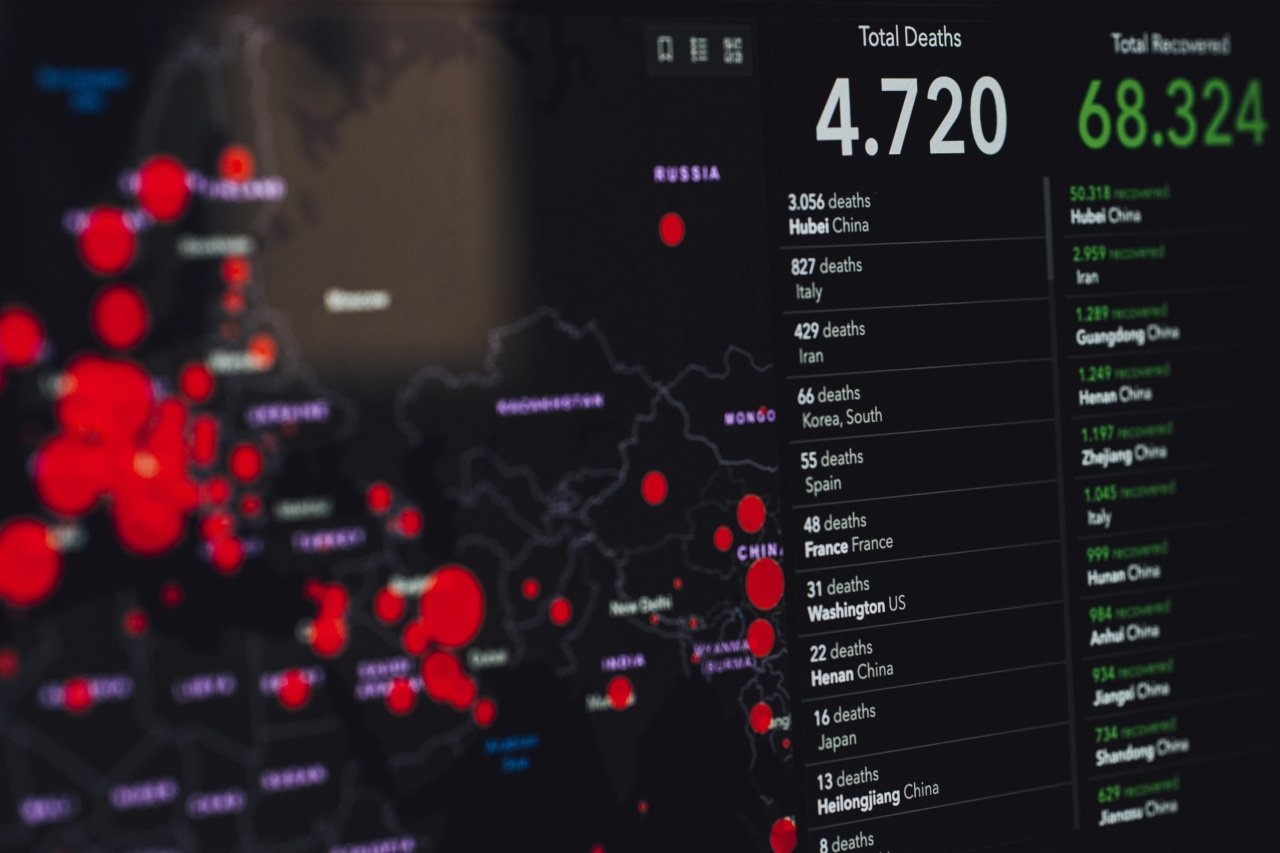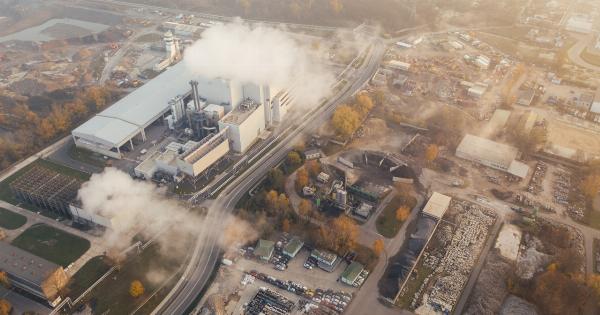The world has long been plagued by various diseases and illnesses that have caused suffering and death amongst the population.
These illnesses have taken the form of viruses, bacteria, and other pathogens, wreaking havoc on communities and causing widespread panic.
The Sickness Strikes
One such powerful and deadly sickness that has recently gripped the world is commonly known as COVID-19. This novel coronavirus emerged in late 2019 and quickly spread across continents, infecting millions and causing significant mortality rates.
The sickness took the world by storm, leaving governments struggling to contain its spread and citizens grappling with the fear and uncertainty it brought.
Lockdowns and social distancing measures were implemented, travel restrictions were imposed, and economies came to a grinding halt.
The Toll on Health
As the sickness ravaged communities, hospitals and healthcare systems were overwhelmed with patients. Medical professionals worked tirelessly, risking their own lives to save others.
The shortage of medical supplies and equipment further worsened the situation, making it challenging for healthcare workers to provide adequate care.
Countless lives were lost, leaving families grieving and communities devastated.
The impact on mental health was also significant, with individuals experiencing increased anxiety, depression, and stress as they faced isolation, financial difficulties, and uncertainty about the future.
Scientific Advancement and Vaccine Development
Despite the chaos and despair that the sickness brought, it also served as a catalyst for innovation and scientific advancement.
Researchers and scientists collaborated across borders, sharing knowledge and working towards developing effective treatments and vaccines.
Pharmaceutical companies poured resources into vaccine development, aiming to provide a solution to combat the sickness and ultimately bring an end to the havoc it wreaked on a global scale.
Through rigorous testing and unprecedented collaboration, multiple vaccines were developed and approved for emergency use in record time.
Rebuilding and Recovery
As the sickness began to subside, governments and communities turned their attention towards rebuilding and recovery.
Economic stimulus packages were implemented to revitalize struggling industries and support individuals and businesses affected by the crisis.
Efforts were made to prioritize the physical and mental well-being of the population. Initiatives promoting resilience, mental health awareness, and support were launched to address the psychological aftermath of the sickness.
Innovation and Adaptation
The world was forced to adapt to a new normal, embracing remote work, virtual learning, and online communication platforms on an unprecedented scale. Businesses had to reimagine their operations and strategies to survive in the post-sickness era.
Technological advancements in telemedicine, artificial intelligence, and automation accelerated, facilitating greater convenience and efficiency in healthcare delivery and various other sectors.
The global community witnessed an influx of innovations aimed at minimizing human contact, fostering a touchless society.
Hydra Emerges
As the sickness passed, a new metaphorical hydra emerged. Just like the mythical beast in ancient Greek mythology, the world faced multiple challenges and threats simultaneously.
Mass unemployment, economic instability, and social unrest became recurring themes. Governments battled stagnant growth, rising inequality, and the need for sustainable development.
The environment faced further degradation, prompting a renewed urgency for climate action.
The interconnectedness of these challenges mirrored the mythical hydra’s multiple heads, with each issue demanding attention and solutions.
However, unlike the mythical creature, the global community did not merely cut off one head to have two more grow in its place.
Collaboration and Resilience
In the face of these complex challenges, collaboration and resilience became essential. Governments, organizations, and individuals recognized the need to work together across borders and sectors.
International cooperation strengthened, leading to innovative solutions and collective action. Sustainable development goals were pursued vigorously, with renewed commitments to addressing poverty, inequality, and environmental degradation.
Technology as a Catalyst
Technology played a significant role in finding solutions and overcoming the challenges presented by the emerging hydra.
Artificial intelligence, big data analytics, and the Internet of Things (IoT) were leveraged to enhance decision-making, optimize resource allocation, and improve efficiency.
Renewable energy and green technologies gained momentum, offering sustainable alternatives to traditional energy sources.
The world witnessed a surge in eco-friendly practices, from renewable energy adoption to sustainable agriculture and responsible consumption.
Reshaping Policy and Priorities
The emerging hydra forced governments to reassess their policies and priorities. Health systems were strengthened, ensuring preparedness for future health crises.
Social safety nets and comprehensive healthcare coverage were implemented, leaving no one behind.
Economic models underwent transformations, embracing inclusivity, sustainability, and resilience.
Investments in education and skills development were prioritized, empowering individuals to adapt to the changing landscape and thrive in a knowledge-driven economy.
A Call for Individual Action
While governments and organizations played crucial roles, the fight against the emerging hydra called for individual action as well.
Awareness and education campaigns encouraged citizens to adopt sustainable practices, embrace diversity, and contribute to their communities.
From volunteering to reduce carbon footprints, supporting local businesses, or embracing empathy and compassion towards others, individuals demonstrated their power to make a positive impact and collectively slay the heads of the hydra.
Conclusion
The passing of sicknesses has historically given rise to new challenges and obstacles for society. The emerging hydra may pose threats and complexities, but it also presents an opportunity for growth, innovation, and unity.
Through collaboration, resilience, and the transformative power of technology, individuals and nations can tackle the multiple heads of the hydra, paving the way for a brighter and more inclusive future.





























